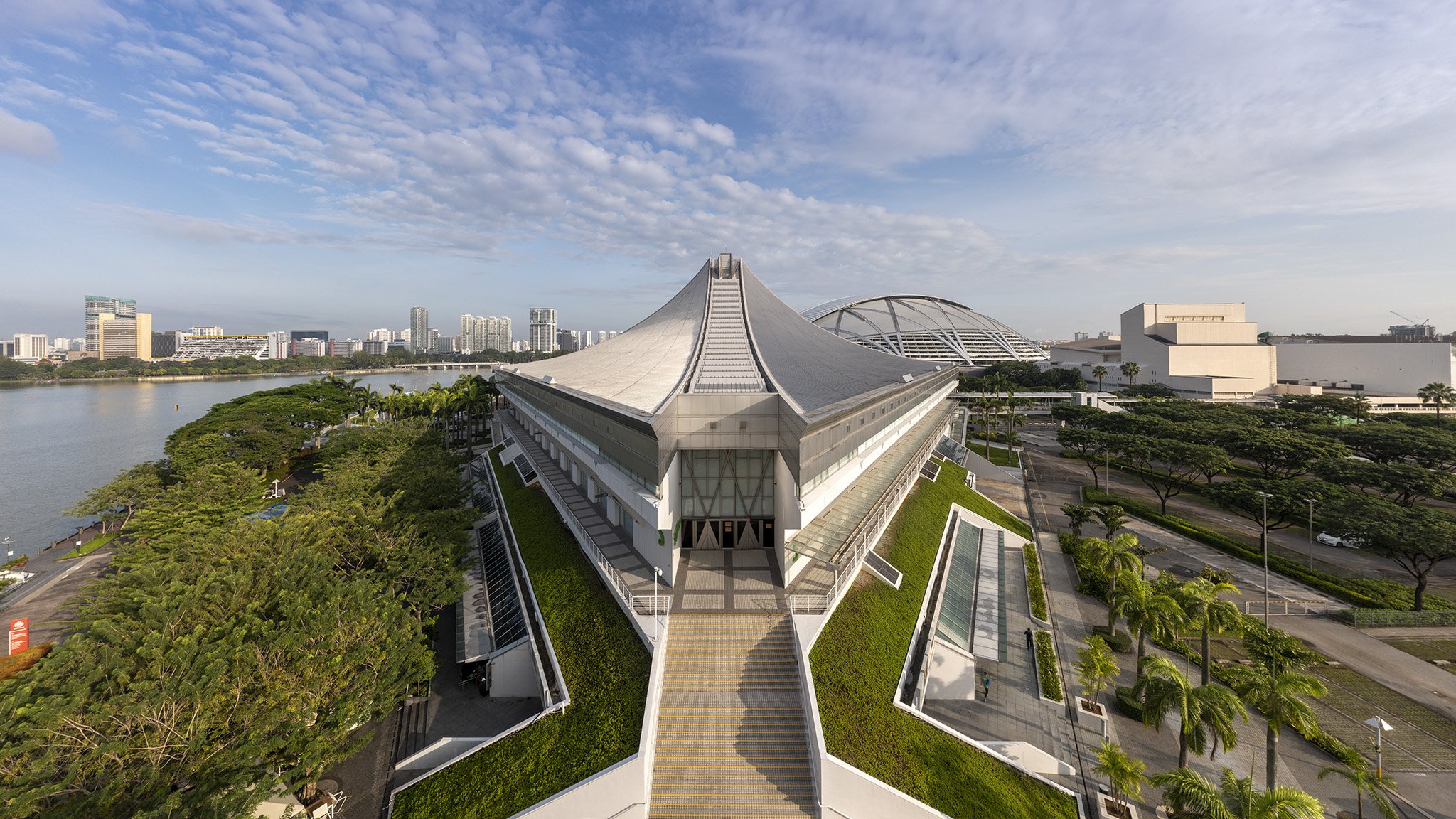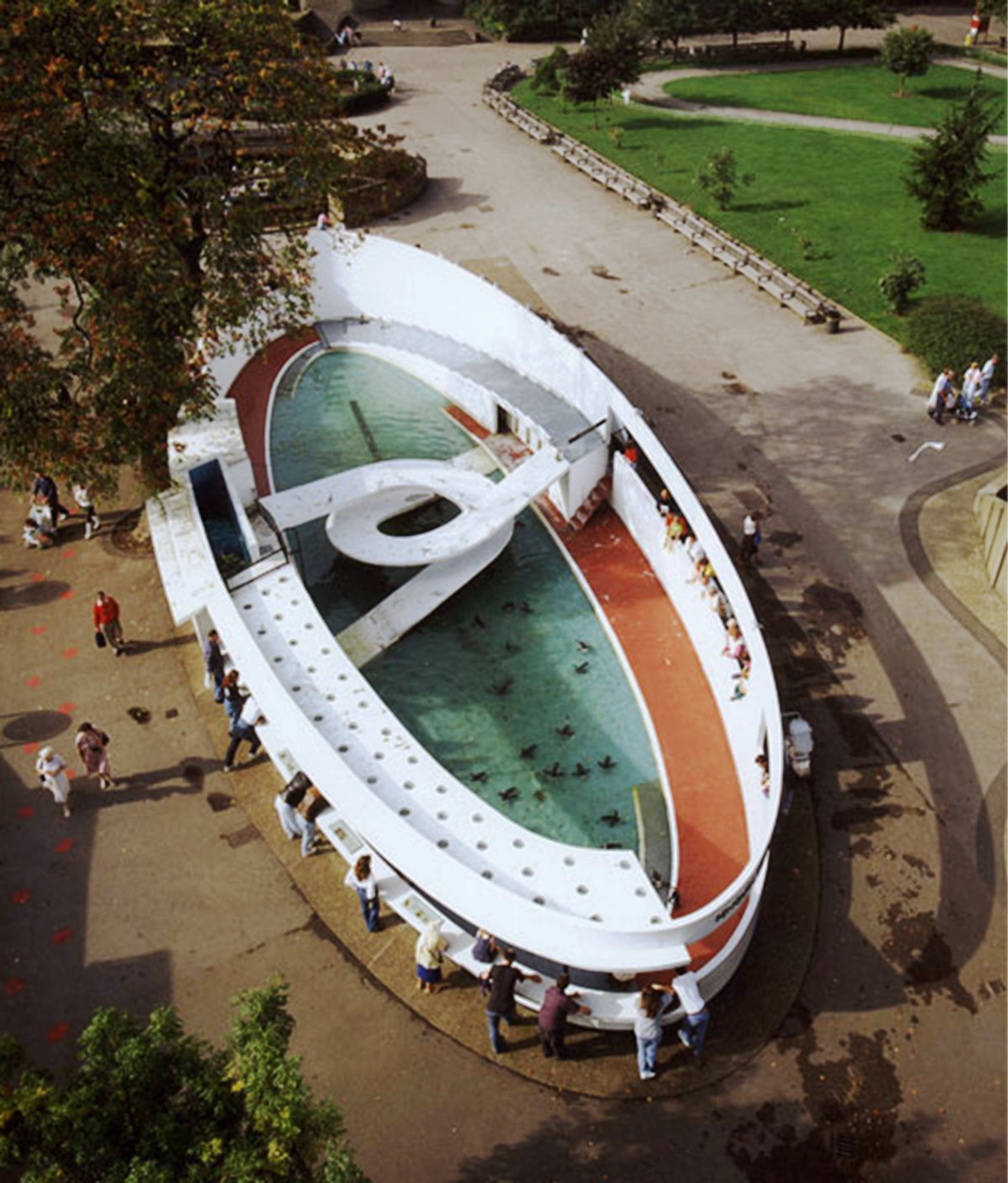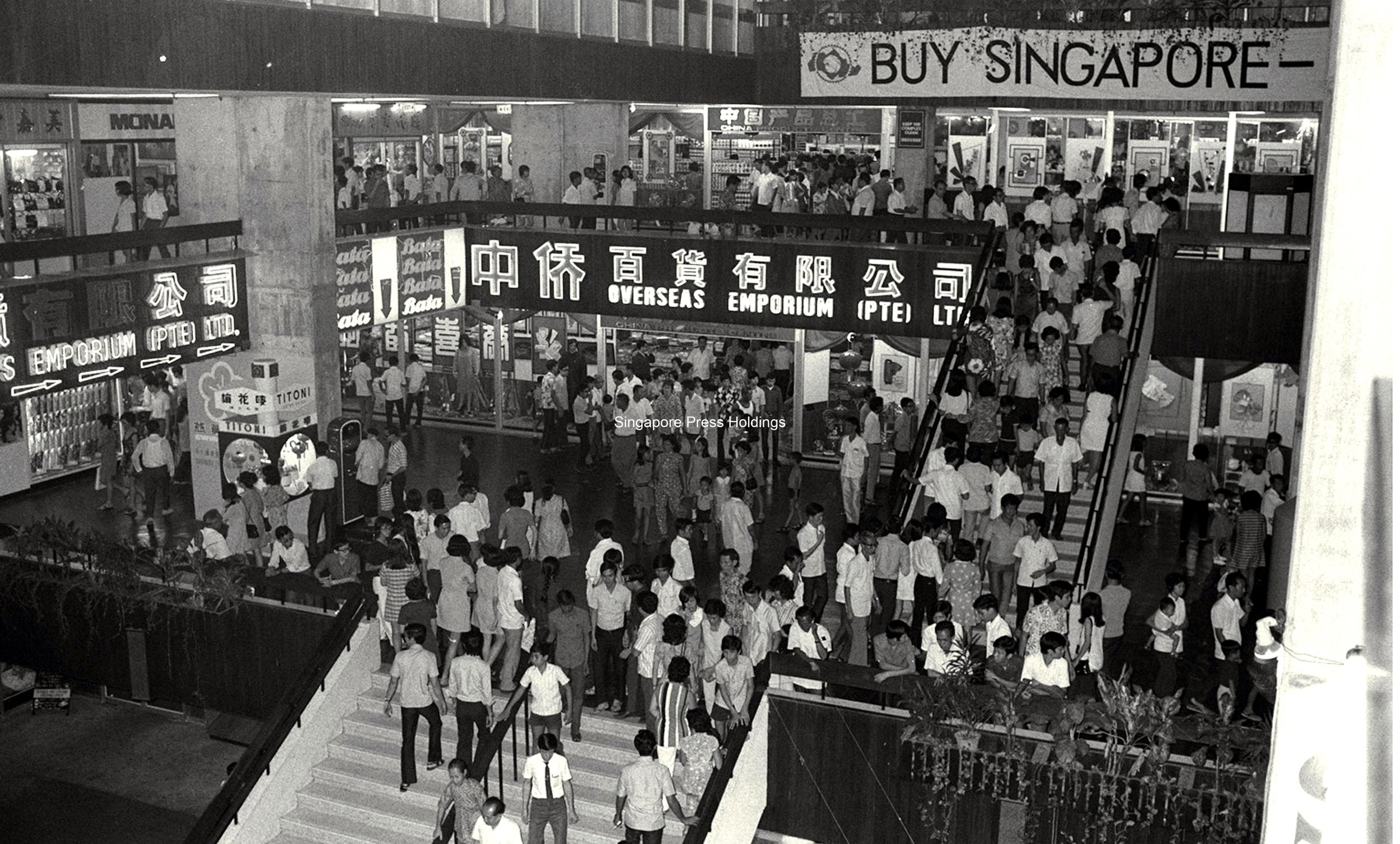
Docomomo Happenings.
Be kept abreast on latest information, issues, articles about everything modern in Singapore and the region.
Sports, Nation-Building, & Global Modern Architecture in Singapore: Kenzo Tange’s 1972 Master Plan for the ‘National Sports Complex’ at Kallang
Alongside archival research, this article has been written based on information and materials generously shared with Docomomo Singapore by Tange Associates during an interview with Paul Tange (Chairman, Senior Principal Architect) and Yasuhiro Ishino (President, Senior Principal Architect).
Capping Modern and Tradition: The “Revolutionary” Roof of the Singapore Indoor Stadium
Some have likened it to a traditional Japanese hat. Others see the outlines of a Star Destroyer spaceship from the futuristic movie Star Wars. Without a doubt, the roof of the Singapore Indoor Stadium is one of—if not, the most—distinguishing feature that has made it a familiar icon along the Kallang Basin today.
Book Review: Revaluing Modern Architecture, Changing Conservation Culture
There are a few problems with modern architecture when it comes to conservation. First of all, the buildings are often not old enough for age to be used as the main criteria to justify their retention. In other cases, modern buildings which architects admire might be regarded by the wider public with indifference, or even hostility, although this is less of an issue in Singapore — where people have long been receptive to modernism — than in places like Britain. Often, neglect and poor maintenance may further reduce their popular appeal, as can be the case, for instance, with many of Singapore’s older strata-titled shopping malls.
People’s Park Complex: Heart Transplant in the City Centre 60 Years Ago
The Golden Mile Complex has been vacated recently, entering a new phase of its history as Singapore’s first post-independent private mixed use megastructure to conferred conservation status. As the key landmark in Singapore’s ‘Precinct North 1’ urban renewal pilot project undergoes restoration and adaptive reuse, it is timely to cast the spotlight on People’s Park Complex, a contemporaneous and equally significant urban renewal landmark that bookended the ‘Precinct South 1’ in historic Chinatown, now threatened by enbloc sales and demolition.
Nothing more than a pretty face: adaptive reuse of the former National Aerated Water Co. building
On a plot of land along Serangoon Road, where the National Aerated Water Company used to fill countless bottles with soft drinks like Sinalco or Kickapoo Joy Juice, a new condominium now spreads its 117 units across 18-storeys. Most of the former bottling plant, built in 1954, has given way to the Jui Residences. The condominium received their Temporary Occupation Permit (TOP) in June 2022, but the old art-deco inspired main building has been left standing to house F&B offerings on the first storey, as well as office space on the second storey. Some may call this combination of old and new an awkward architectural piggyback ride, others call it conservation.
Marine Parade Community Building History
After 22 years, the iconic facade of the Marine Parade Community Building will soon be no more as the building undergoes major upgrading with no plans by the PA to retain the mural. Interestingly, many aren't aware of the storied past of the facade and its status as Singapore's largest piece of installation art. So, some history is in order.
By Docomomo Singapore contributing writer and founding member, Darren Soh.
Thesis feature: The Great Cornucopia of the Golden Mile
Modern heritage is Singapore’s vernacular, and urban redevelopment threatens to erase their intrinsic values. In his M.Arch thesis, Keefe seeks to adaptively reimagine the Golden Mile District and Golden Mile Tower as an alternative downtown and a cultural playground for the unique transient and subcultural communities and activities that reside within.
Thesis feature: Home for the Arts 2.0: Tan Boon Liat Building
In this NUS MArch thesis, under the guidance of prof. Ho Weng Hin, Huo Yujia takes Tan Boon Liat Building as a representation of flatted factories to showcase the feasibility of revitalising multi-storey industrial buildings through the arts.
Singapore’s City Rooms
In this guest essay, visiting U.S. Fulbright scholar James Carrico reflects on an initial exploration of Singapore's Modern Built Heritage. Primary takeaway? That newly independent Singapore realised something never fully embraced in urban-renewal-era America: that megastructures can provide treasured public space.
Industrial Heritage II – Power Stations and Jurong Industrial Estate
The second half of this industrial heritage series first looks at two imposing power stations which energised Singapore’s electrical infrastructure from its earlier days as a colonial entrepot to the industrial drive of the post-independence years. We then turn our attention to two factories in Jurong Industrial Estate where much of Singapore’s industrial efforts were centred in the 1960s and 1970s.
Industrial Heritage I: Colonial Godowns and Airport Hangars
In this article, we take a look at Singapore’s modernist industrial buildings–a fascinating but often overlooked area of the nation’s built heritage. These buildings tell the story of Singapore’s socio-economic development but are by no means merely relics of the past. Many have since been repurposed for various uses and remain recognisable features of our architectural landscape today.
Memories of Rollei Singapore
Rollei Singapore is a theatre of memory — a long-defunct place which remains close to the hearts of older Singaporeans. In August 2017, Loh Kah Seng posted in two Facebook groups on Singapore nostalgia a short note and photograph of the main factory of the renowned German camera-maker at Kampong Chai Chee.
Modernism: From the Heroic to the Everyday
The following is based on the presentation given by Dr. Jiat-Hwee Chang at the Docomomo Singapore official launch on 13 October 2021.
HDB Public Housing 1960 – 1980 | The First Two Decades
Postwar Singapore in the 1950s was not the most pleasant of places to live in, with severe overcrowding, poor sanitation and a high population growth. The Singapore Improvement Trust (SIT) that was set up in 1927 to deal with infrastructure works on the island that later included the building of public housing was not performing up to task.
By 1960, the SIT had built a total of about 24,000 dwelling units and housing shortage in Singapore was reaching unmanageable levels.
The Internationalism of Singapore’s Modern Built Heritage.
Singapore’s global mindset is evident from the collection of modernist buildings designed by a slew of foreign architects.
- with Docomomo Singapore, WATG and Wimberly Interiors, NUS School of Design & Environment
















